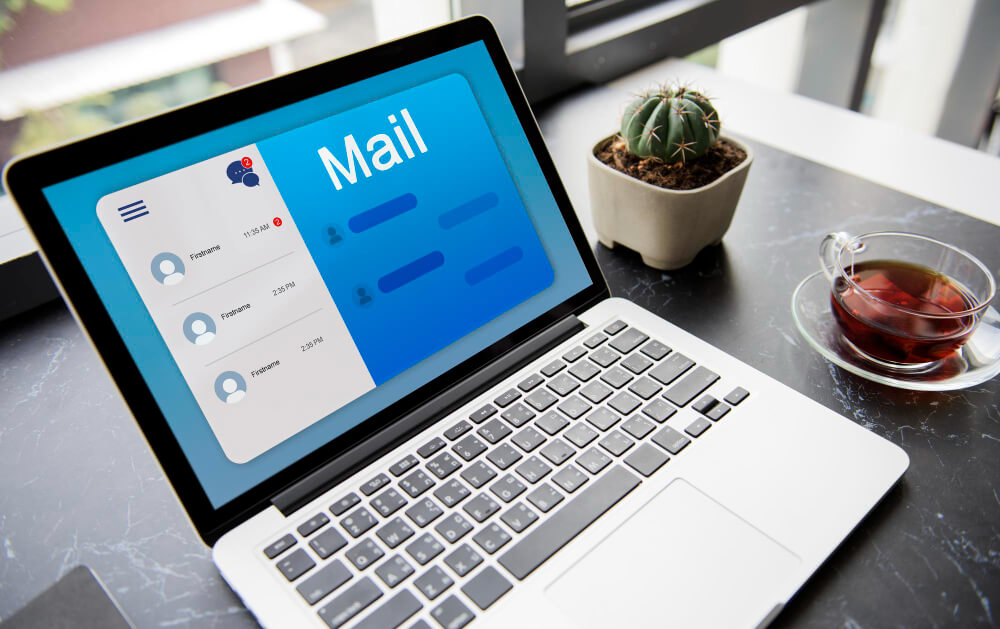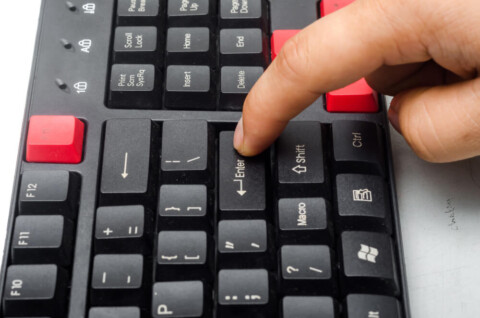In today’s digital age, email has become a primary communication tool both professionally and personally. However, managing an overflowing inbox can be overwhelming. This article offers ten essential tips to help you streamline your email management, boost productivity, and reclaim your time.
Understanding Email Overload: Email overload can lead to decreased productivity and increased stress. By implementing effective strategies, you can efficiently organize your inbox, ensuring that you spend less time dealing with emails and more time focusing on important tasks.
Top 10 Email Management Tips:
- Unsubscribe from Unnecessary Newsletters: Regularly clean your inbox by unsubscribing from newsletters or promotional emails that no longer serve you. Tools like Unroll.Me can help consolidate subscriptions and make unsubscribing easier.
- Use Folders and Labels: Organize your emails by categorizing them into specific folders or using labels. This system makes it easier to find emails and keeps your inbox less cluttered.
- Set Specific Times for Checking Emails: Instead of constantly checking your inbox throughout the day, set specific times to read and respond to emails. This helps minimize distractions and increases focus on other critical tasks.
- Implement the Two-Minute Rule: If an email takes less than two minutes to read and respond to, handle it right away. For emails that require more time, schedule them for later.
- Utilize Email Filters and Rules: Most email services allow you to set up rules or filters that automatically sort incoming emails into designated folders. This automation saves time and keeps your inbox tidy.
- Employ Email Templates: For frequent inquiries or responses, create email templates. This practice saves time and ensures consistent communication.
- Touch It Once: When you open an email, decide then and there whether to delete it, respond to it, or file it for future reference. Avoid leaving emails in your inbox for later action.
- Adopt an Email-Free Day: If possible, choose one day a week to go email-free. This approach can boost productivity and focus on non-email related tasks.
- Use Tools for Email Management: Consider tools like SaneBox or Inbox by Gmail that use artificial intelligence to prioritize important emails and snooze non-urgent ones.
- Regular Inbox Maintenance: Dedicate time each week for inbox maintenance. Delete anything you don’t need, archive important communications, and clear out your spam folder.
Conclusion: Effective email management is crucial for maintaining productivity and reducing stress. By implementing these tips, you can take control of your inbox and ensure it serves your needs without becoming a burden.





